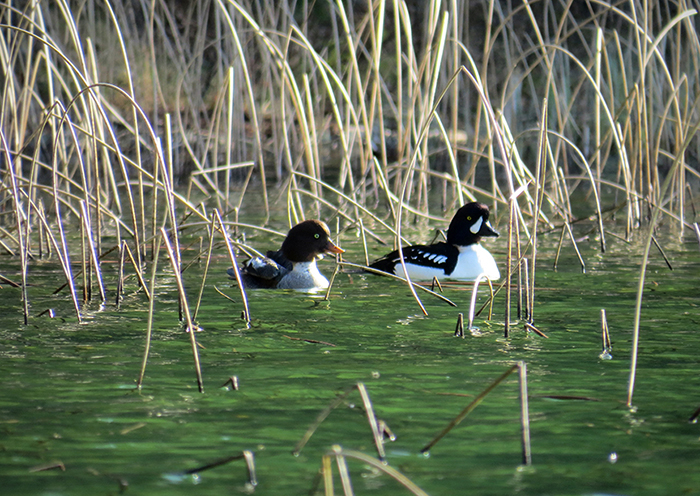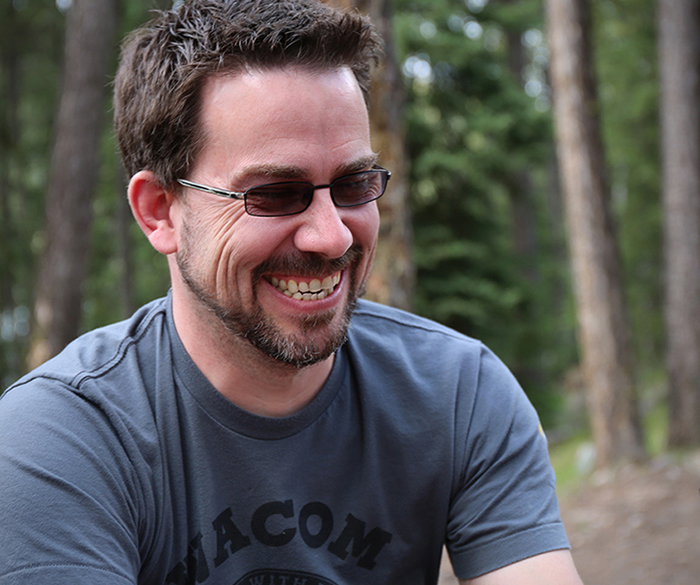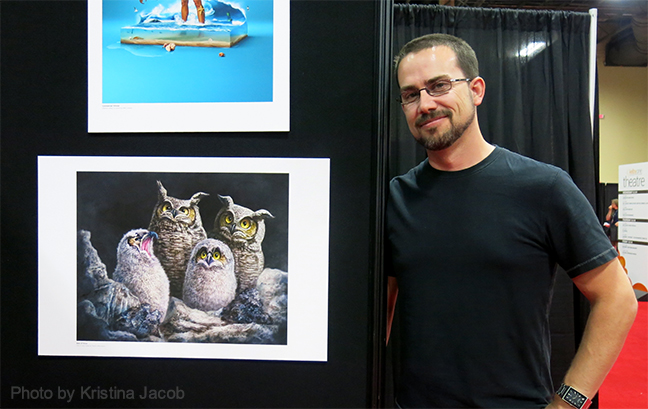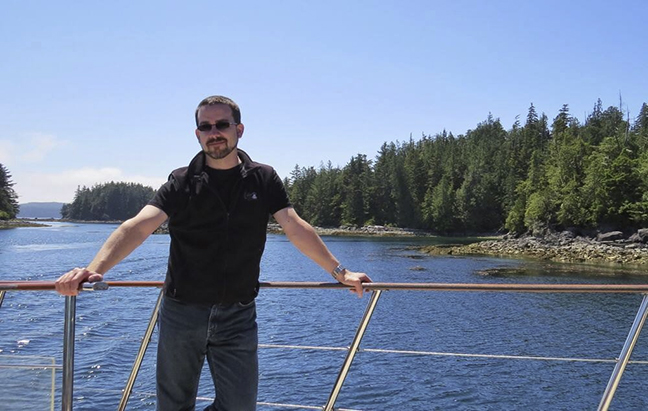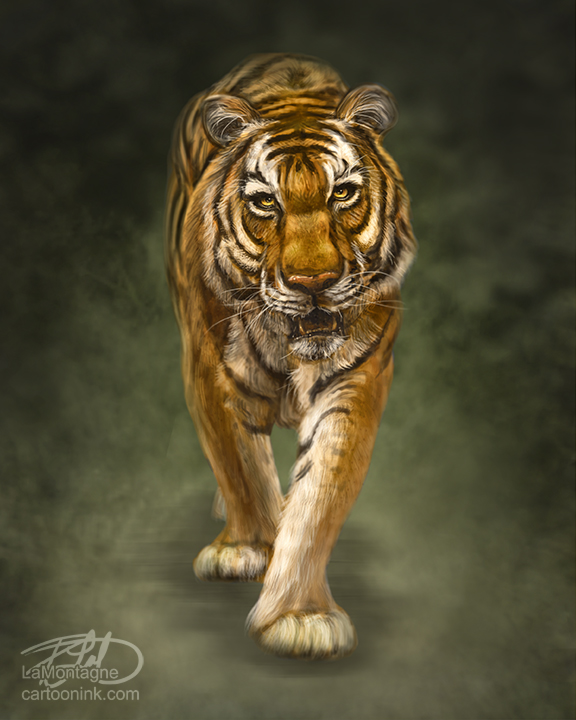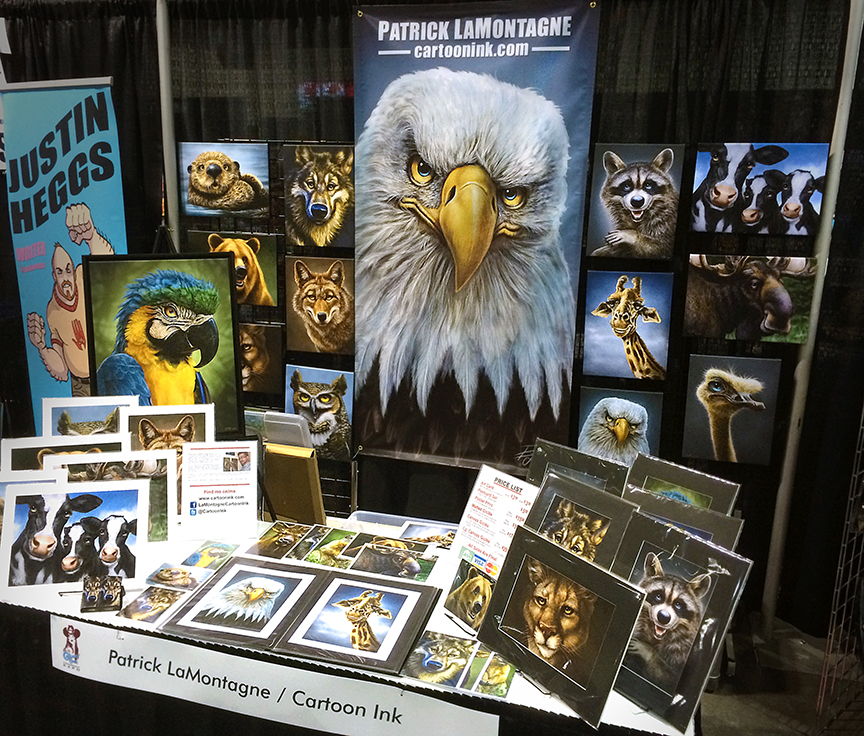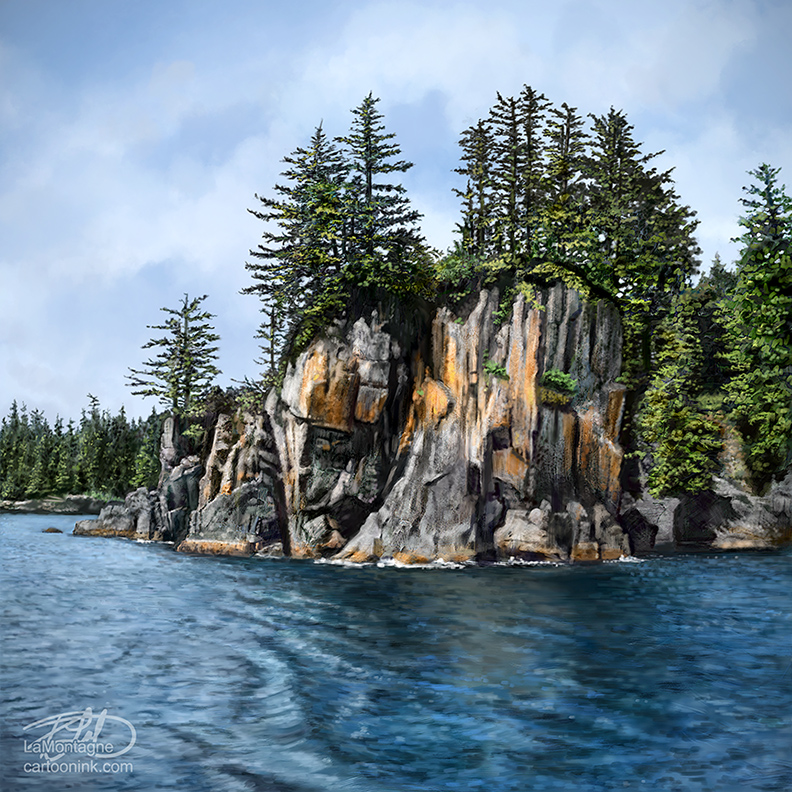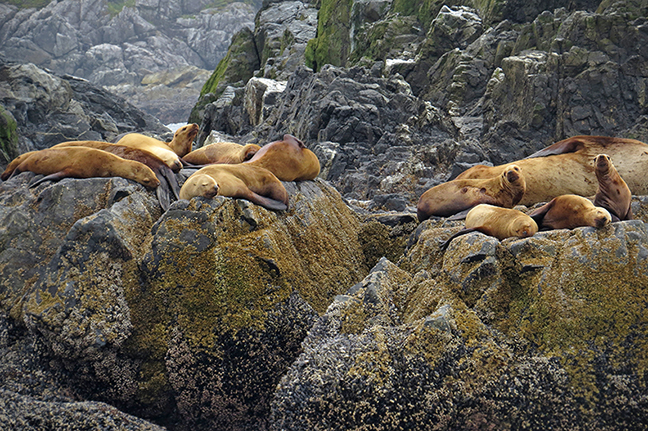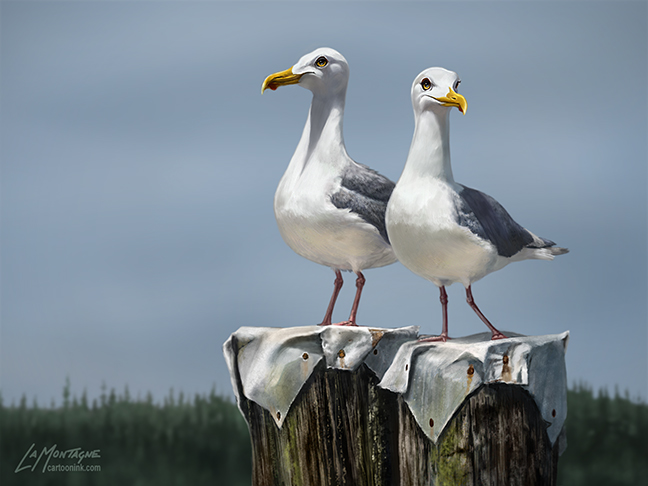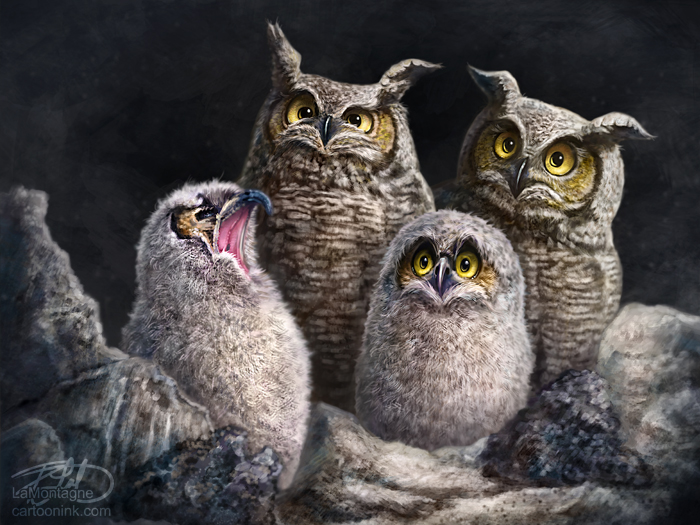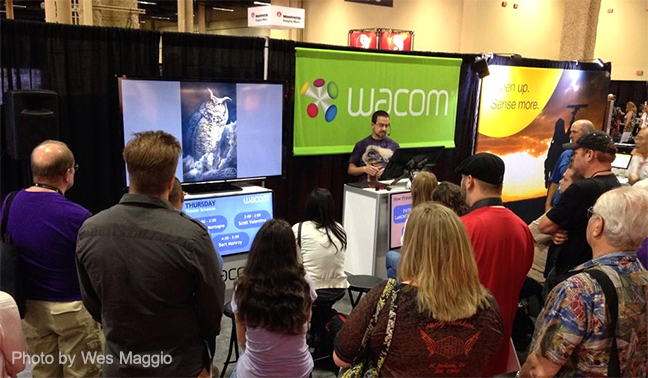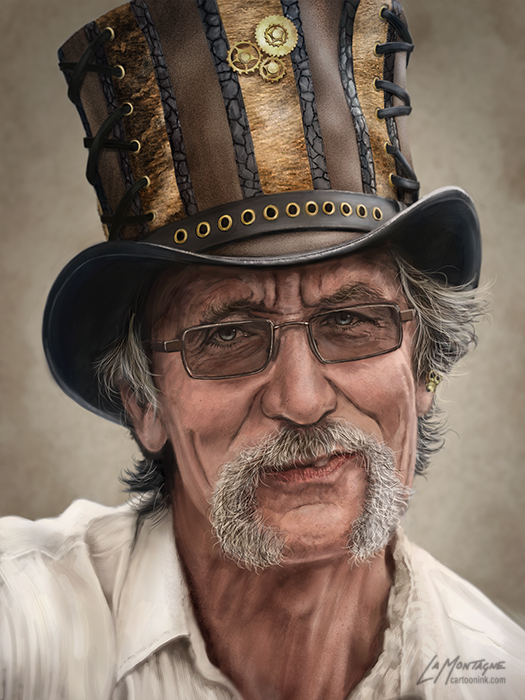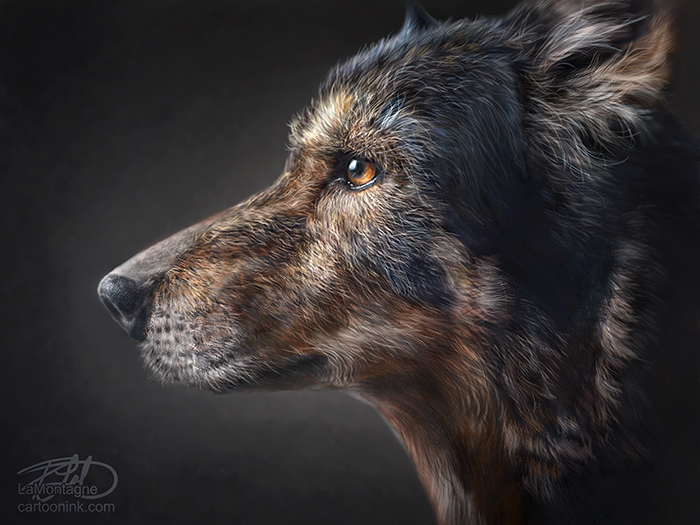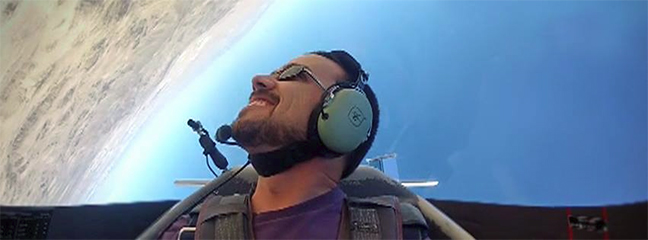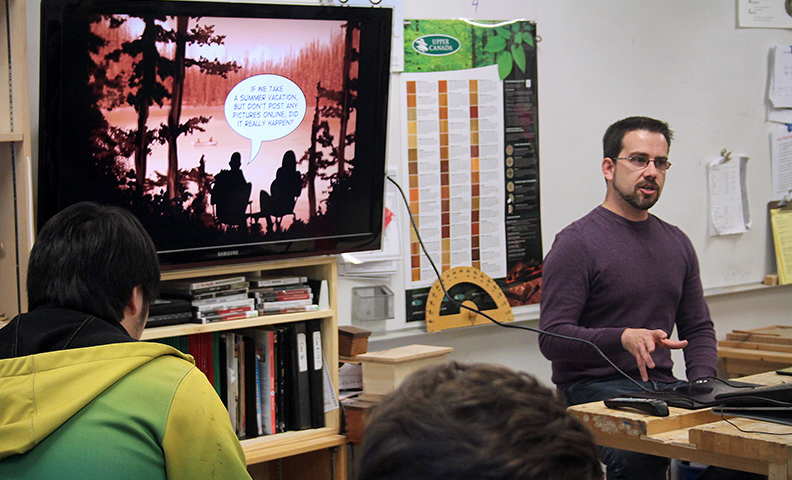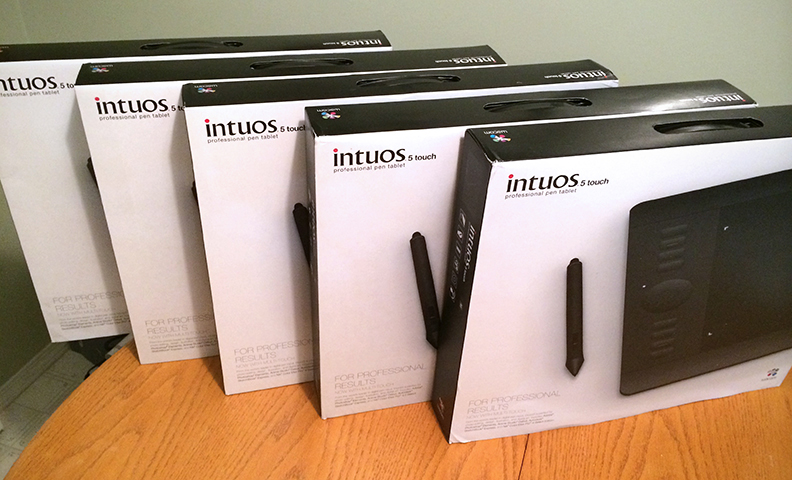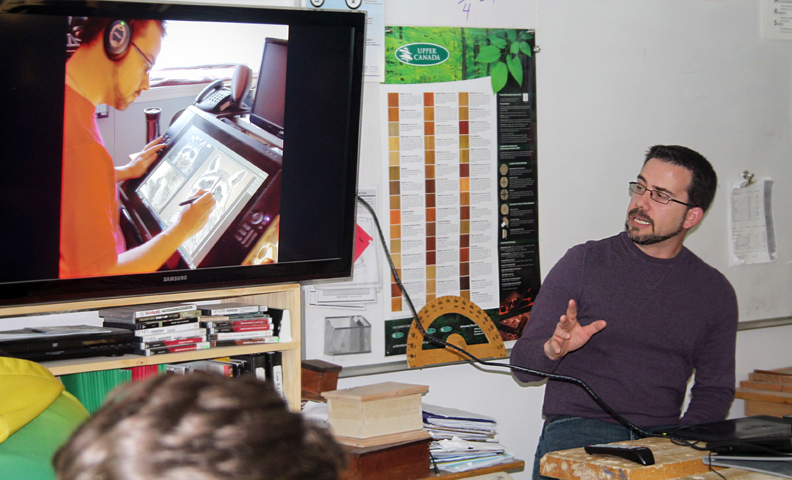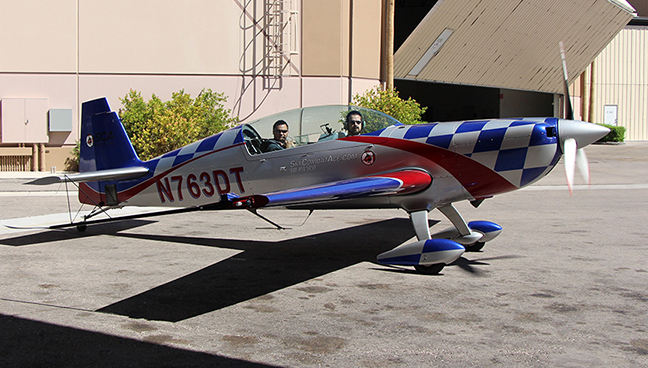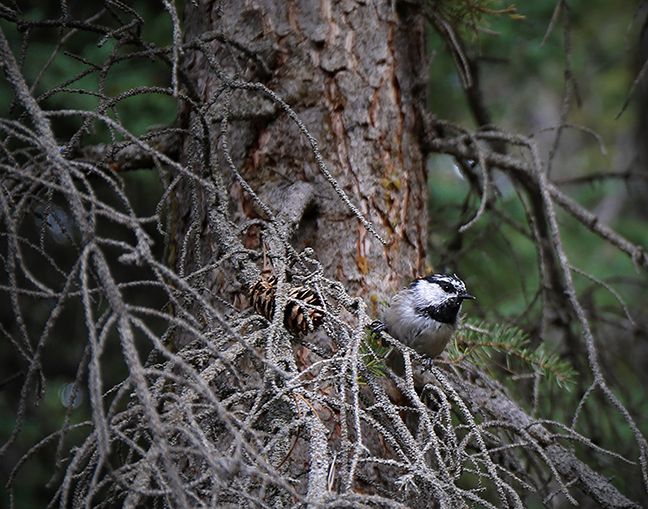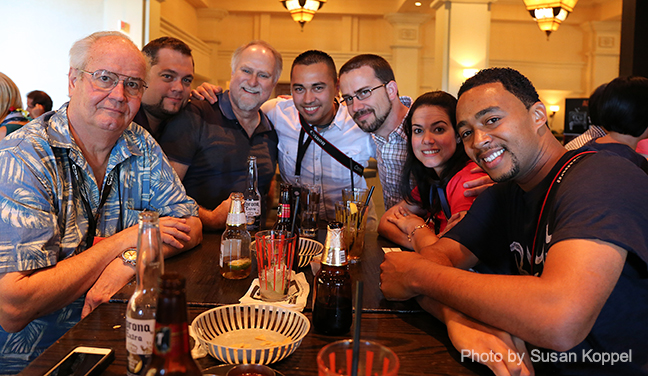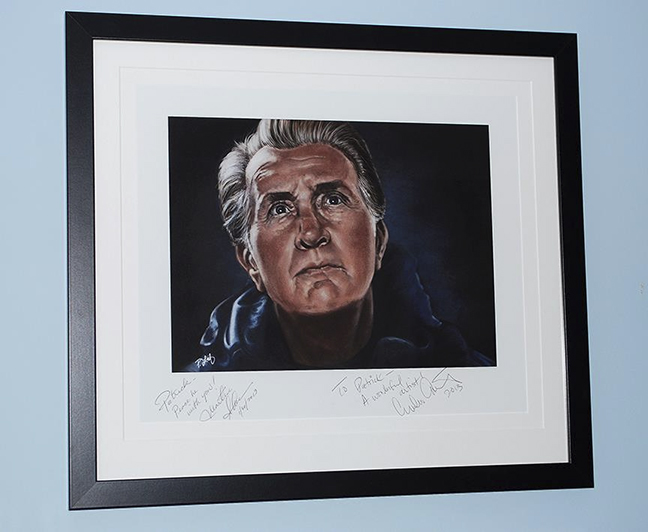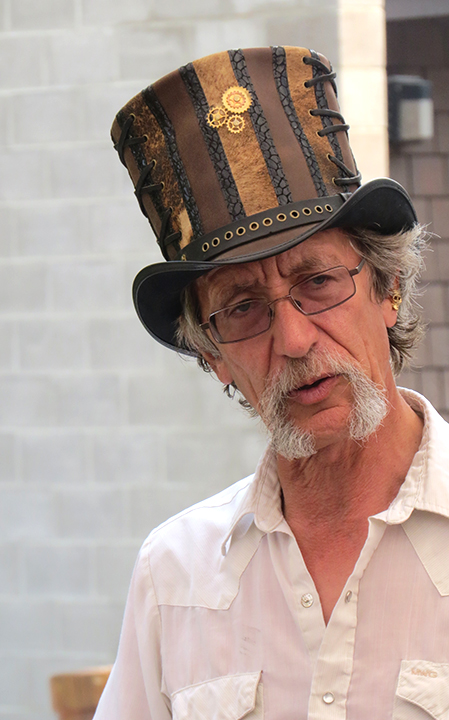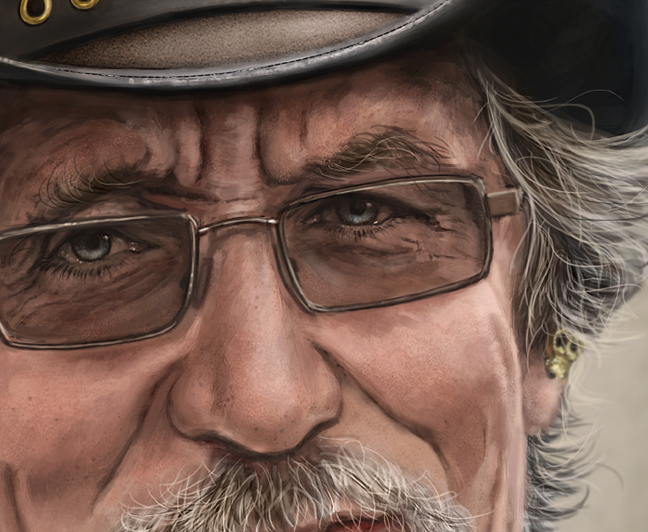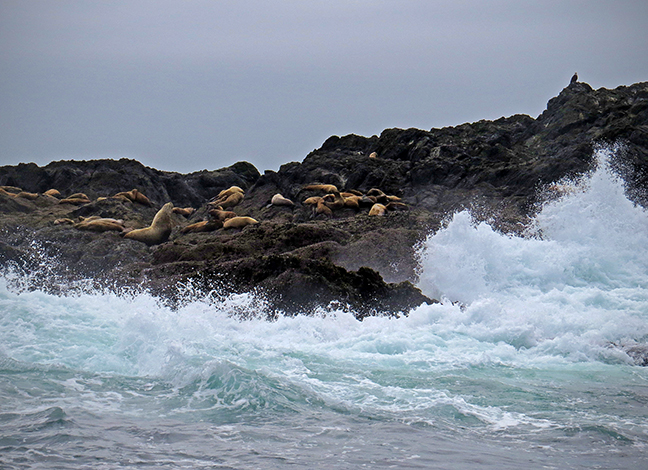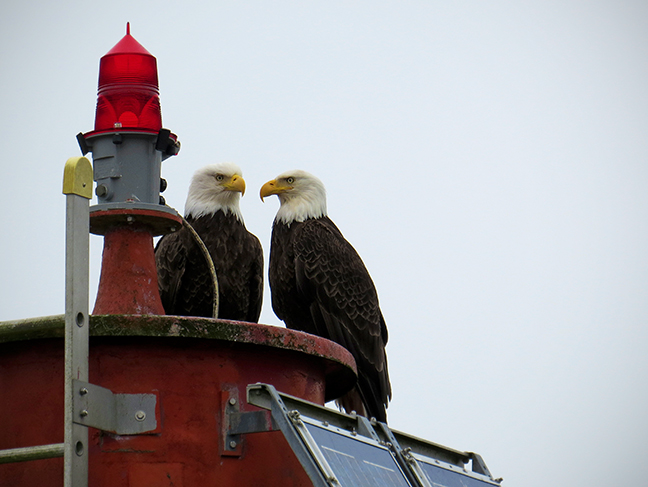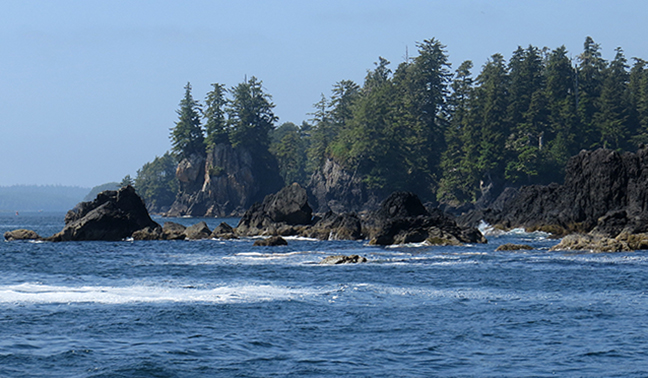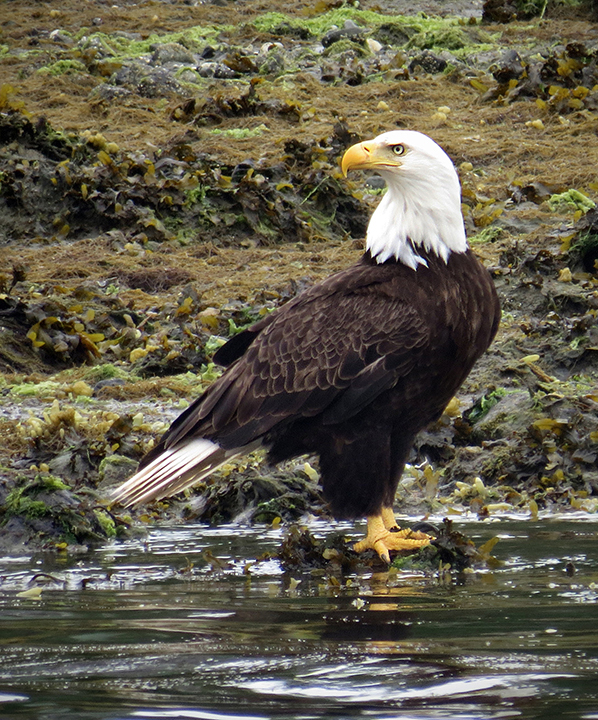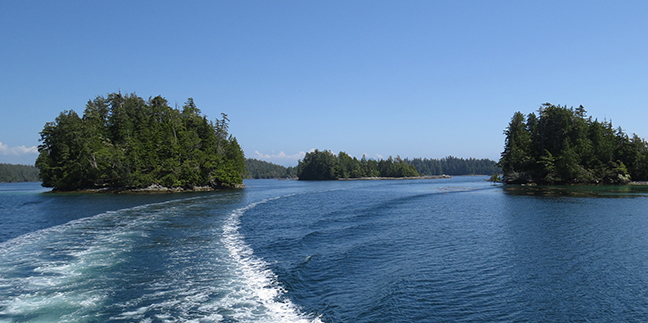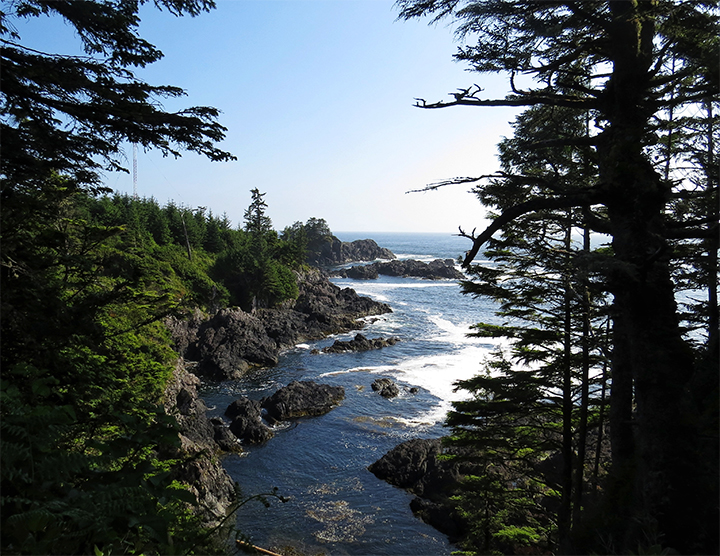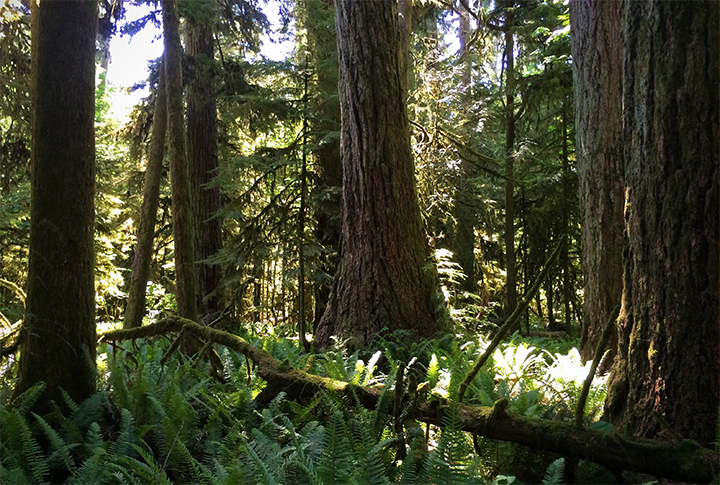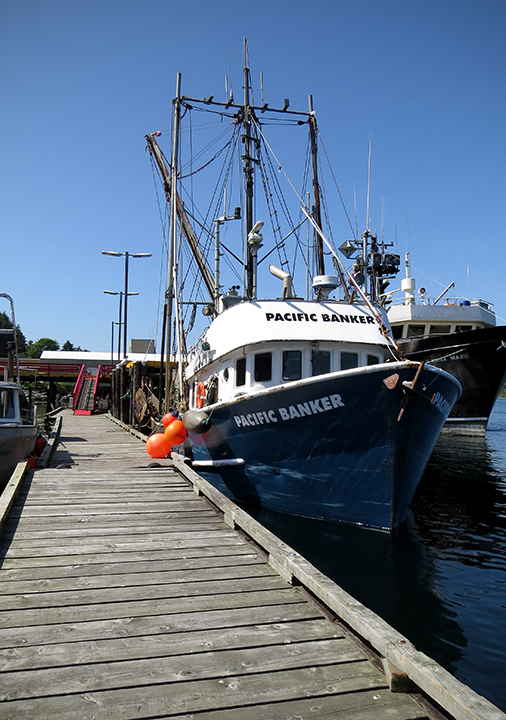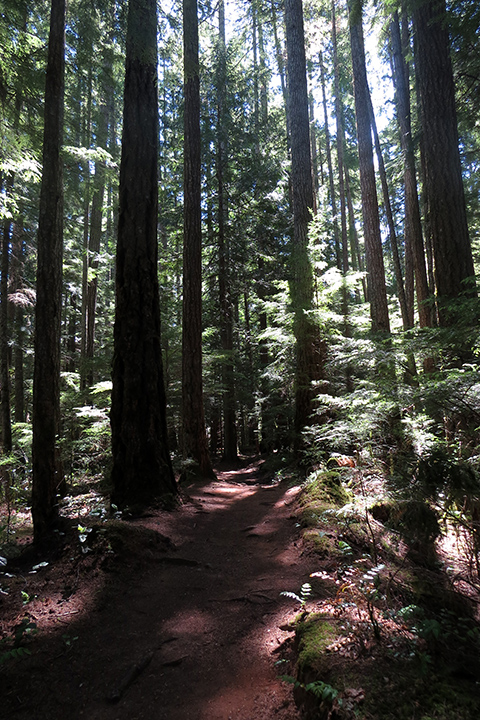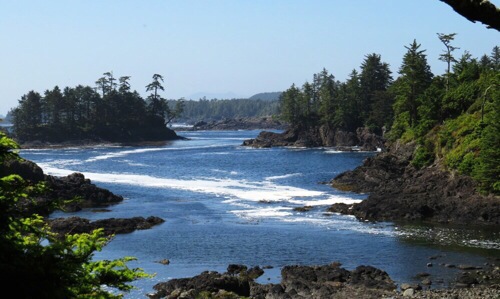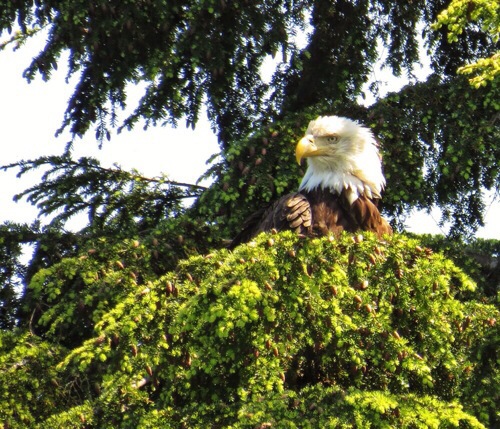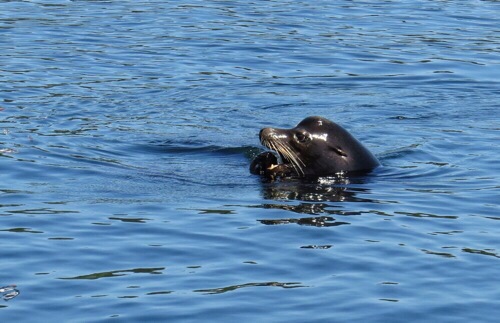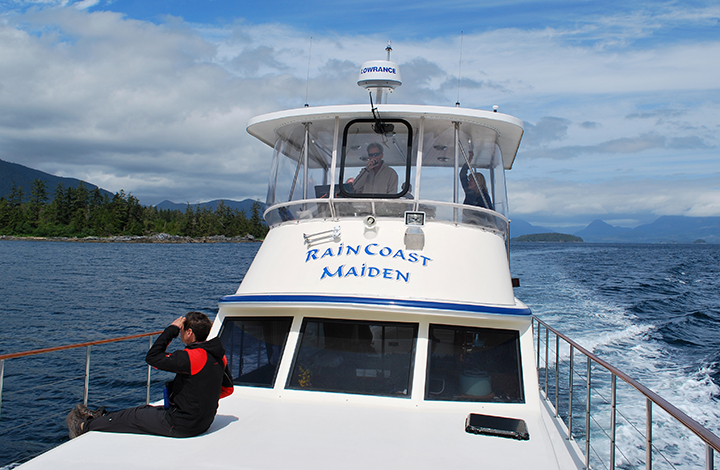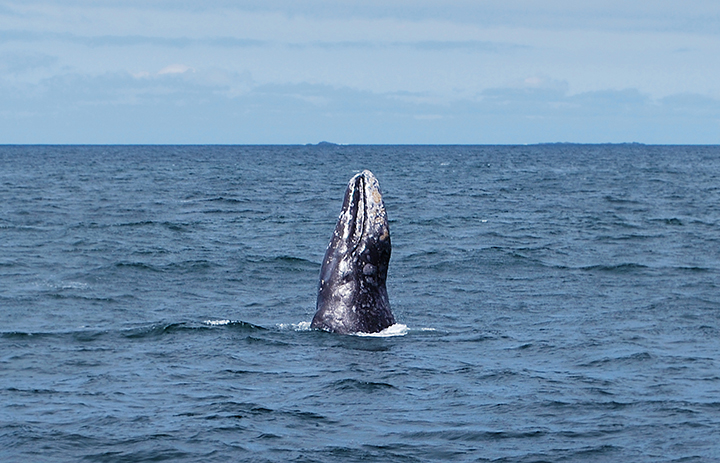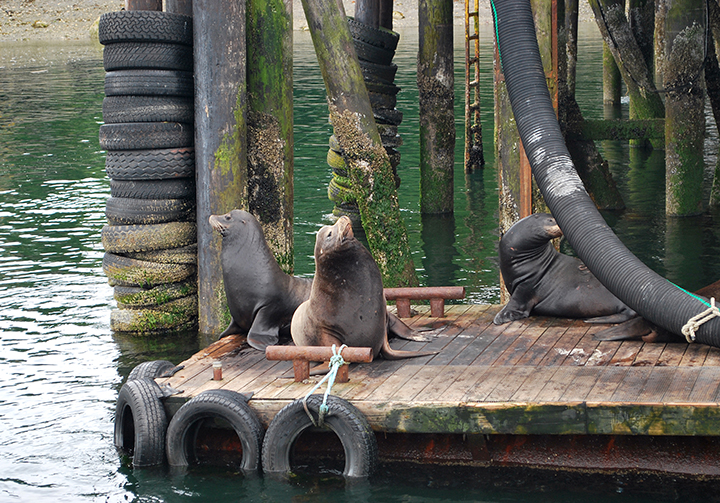 There’s a little lake in the Invermere Valley of British Columbia that I was introduced to almost twenty years ago by my buddy, Jim. He’s been going there every year without fail, for well over two decades. It was with surprise recently that I realized it had been eight years since my last visit. The reason for my absence was due in part to the demands of self-employment, building a business, and being a workaholic who has refused to take much time off since starting this gig full-time about that many years ago.
There’s a little lake in the Invermere Valley of British Columbia that I was introduced to almost twenty years ago by my buddy, Jim. He’s been going there every year without fail, for well over two decades. It was with surprise recently that I realized it had been eight years since my last visit. The reason for my absence was due in part to the demands of self-employment, building a business, and being a workaholic who has refused to take much time off since starting this gig full-time about that many years ago.
The other reason was that I had a little car I was trying to keep for as long as possible and when it was fully loaded with camping gear, it rode a little low to the ground. Given the nature of the road up to the lake, and the fact that on previous visits the undercarriage met with more than a few rock-knocks, I was reluctant to risk it on an often unpredictable road.
With the retirement of that car last year, and my upgrade to what amounts to today’s version of a station wagon, my Pontiac Vibe, I felt it was time to rejoin the world of camping, especially since I have all of the gear. I did splurge on a new instant pop-up tent this year, however, which worked like a charm. That’s the little green one on the far right.
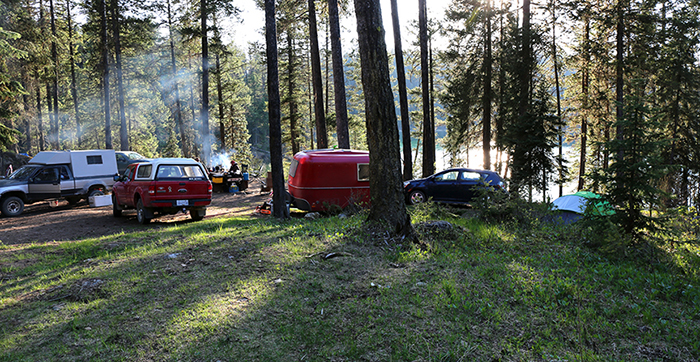 This second weekend of May is an annual tradition for a number of friends, though people have drifted in and out of the group as time has worn on. This year, there were five of us. While it’s pretty much a guy’s weekend, our friends Babe and Susan come together, so she’s the exception to the rule.
This second weekend of May is an annual tradition for a number of friends, though people have drifted in and out of the group as time has worn on. This year, there were five of us. While it’s pretty much a guy’s weekend, our friends Babe and Susan come together, so she’s the exception to the rule.
The lake is an ideal spot that used to be a bit of a secret hideaway, but if you’ve camped anywhere in Alberta and BC lately, you’ll know that there is very little quiet and solitude to be had unless you’re off-road in the back-country. Fortunately, if you head out before the May long weekend, you might be up against unpredictable weather and a lake too cold for swimming, but you’ve got a better chance of finding a little peace.
I’d been looking forward to this weekend for quite some time this year, especially since the first four months of 2015 were very busy, with few chances for a break.
As if testing my determination to relax, our convoy of four vehicles was almost to the lake, and not yet on the roughest part of the road, when we stopped to enjoy the scenery and an unmistakable hissing sound announced that my front left tire wasn’t going to make it much further.
While I know how to change a tire, I’ve never actually had to, outside of my driver training course in the Army Reserves over twenty years ago. Believe it or not, aside from a couple of slow leaks taken in for repair over the years, I’ve never had a flat tire that warranted a roadside change. Not once.
While I began to unload my gear to get to the jack and spare, I’d barely brought it out before Jim and Al assumed the role of pit crew and had the tire changed, much quicker than I would have.
With the donut spare in place, half my gear loaded in the other vehicles, the others went on ahead to ensure we got our preferred spot, one of only three on the whole lake. I drove back down the road to the highway, headed for the Canadian Tire in Invermere. Thankfully, they managed to get my car into the shop in less than an hour. A sharp rock was the culprit, but in a good place for a patch. The mechanic told me it was a very common occurrence in that area with all of the dirt roads.
About three hours after discovering the flat, I was back up at the lake, enjoying a frosty beverage and the sunshine. Despite insomnia the first night (for no apparent reason), I couldn’t have asked for a better weekend.
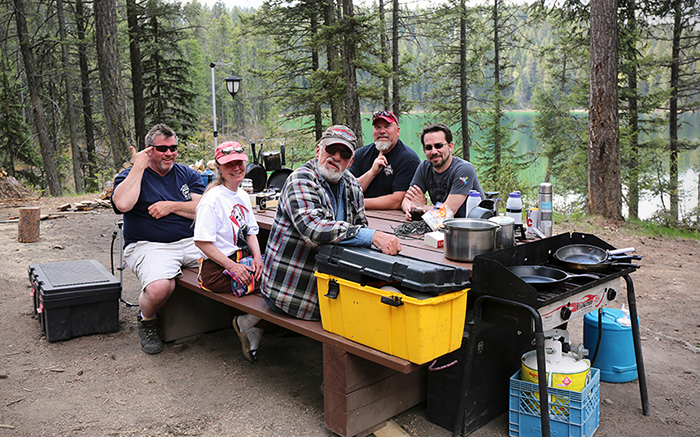 We had beautiful warm weather for four days, interrupted only by some cloud cover on Sunday and a few seconds of very light rain. Saturday morning, I rose early and was canoeing around the lake with my camera before anybody else had gotten up.
We had beautiful warm weather for four days, interrupted only by some cloud cover on Sunday and a few seconds of very light rain. Saturday morning, I rose early and was canoeing around the lake with my camera before anybody else had gotten up.
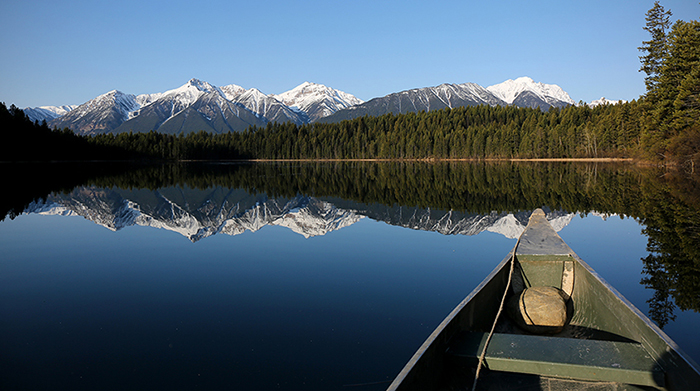
 With plenty of time to read, take photos, play a little guitar, eat, drink and enjoy each others company, four days in the woods by a lake does wonders for one’s perspective. As there is barely any cell service in the area, the usual distractions from email and text alerts were conspicuously absent, though a short walk up the dirt road did allow for one bar of service, so our Moms did get their calls on Mother’s Day.
With plenty of time to read, take photos, play a little guitar, eat, drink and enjoy each others company, four days in the woods by a lake does wonders for one’s perspective. As there is barely any cell service in the area, the usual distractions from email and text alerts were conspicuously absent, though a short walk up the dirt road did allow for one bar of service, so our Moms did get their calls on Mother’s Day.
With no plans to stray far from home this summer, I’m already planning another camping trip in a few weeks, this time here in Alberta. If it doesn’t end up as dry as they’re predicting, or as wet as 2013, here’s hoping I can manage a few more of these outdoor breaks before the snow flies again.
It would appear to agree with me.

